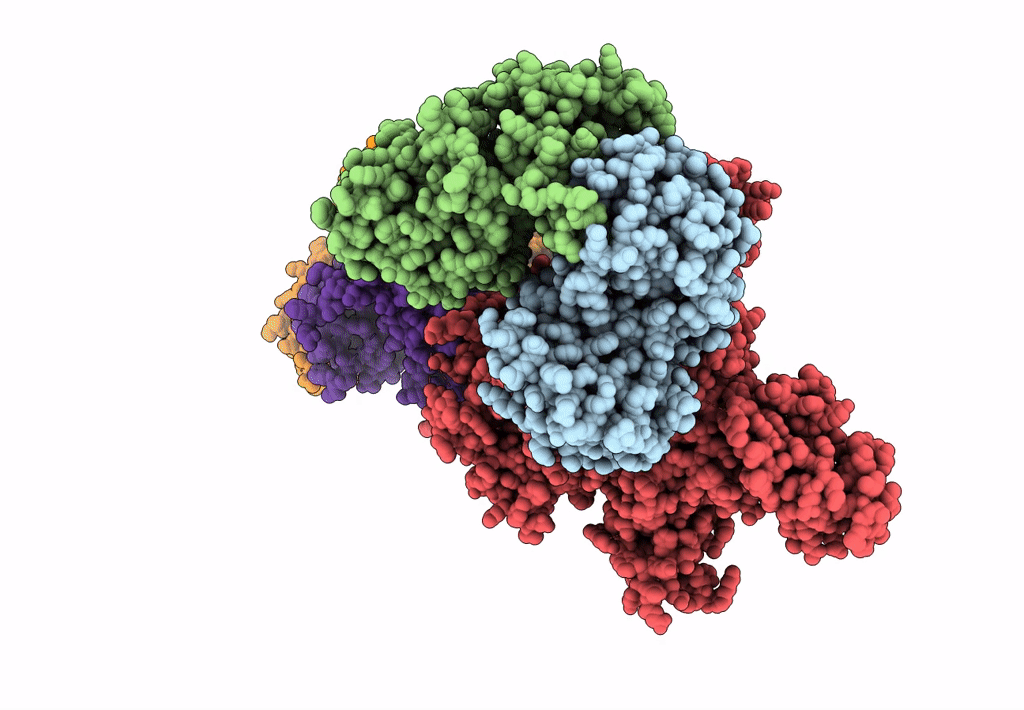
Deposition Date
2018-02-12
Release Date
2018-03-28
Last Version Date
2025-05-21
Method Details:
Experimental Method:
Resolution:
4.00 Å
Aggregation State:
PARTICLE
Reconstruction Method:
SINGLE PARTICLE


